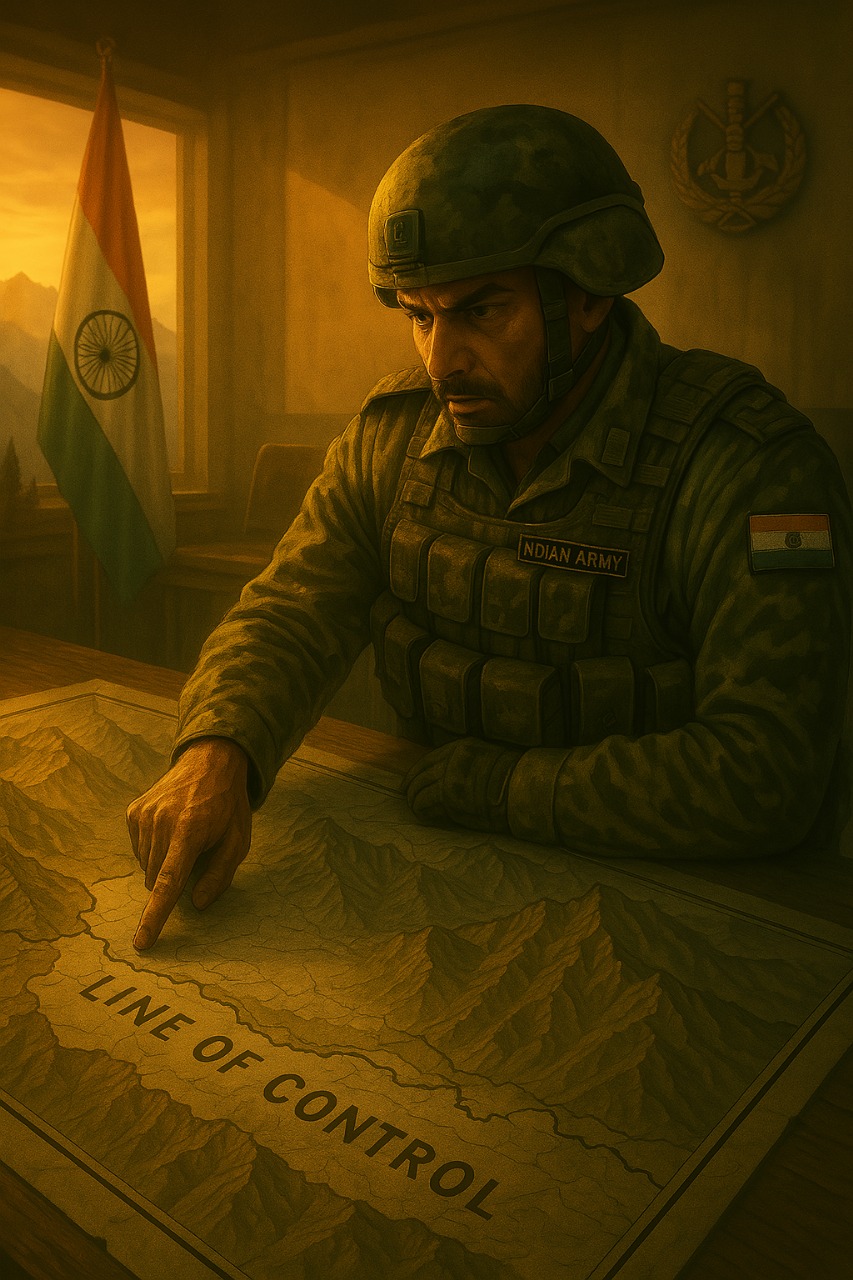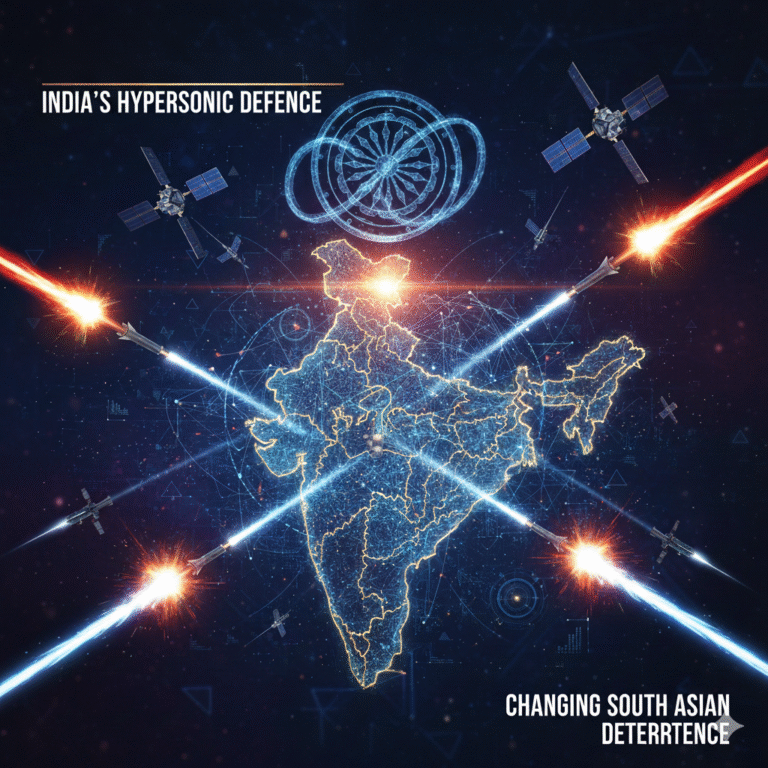India’s geopolitical environment has always been complex, characterized by persistent tensions with neighbors like Pakistan and China. Over the past two decades, a strategic doctrine known as the “Limited War Doctrine” has emerged as a cornerstone of India’s military and diplomatic responses to cross-border threats. Rooted in the need for swift, decisive action without triggering full-scale war, this doctrine represents a significant evolution in India’s defense strategy.
This article explores how India’s Limited War Doctrine shapes border conflicts, especially in the context of modern-day confrontations along the Line of Control (LoC) and Line of Actual Control (LAC), with a special focus on India’s perspective.
Understanding the Limited War Doctrine
What Is a Limited War?
A limited war is a conflict in which belligerents do not expend all of their resources or aim for complete destruction of the opponent. Instead, the goals are restricted—politically, geographically, or militarily. For India, the Limited War Doctrine allows for targeted, strategic military actions, typically in response to provocations, without escalating into full-blown warfare.
Why Did India Adopt It?
After the 1999 Kargil War and the 2001 Indian Parliament attack, India recognized that traditional large-scale mobilization under “Operation Parakram” was inadequate for quick, deterrent responses. The long delays allowed international pressure to build and gave Pakistan time to prepare defenses. India needed a doctrine enabling rapid, localized military responses to terrorist strikes or military incursions, especially from Pakistan.
Doctrinal Evolution: From Kargil to Sindoor
Post-Kargil Strategic Reorientation
The Kargil War underscored vulnerabilities in India’s border management and exposed the limitations of conventional deterrence. In response, the Indian Army revamped its strategy to incorporate more mobility, rapid deployment, and intelligence-based operations.
Operation Parakram: Lessons in Strategic Delay
Following the 2001 Parliament attack, India undertook Operation Parakram—a massive troop mobilization that failed to deliver immediate results. The operation took weeks to deploy and was eventually called off due to diplomatic pressures. This underlined the need for a nimble doctrine focused on short, intense engagements.
Cold Start Doctrine: The Precursor
First publicly mentioned in 2004, the Cold Start Doctrine aimed to allow India to conduct swift, integrated strikes into Pakistani territory without crossing nuclear thresholds. While never officially adopted, it laid the groundwork for today’s Limited War Doctrine.
Operation Balakot and Beyond
India’s 2016 surgical strikes and the 2019 Balakot airstrikes post-Pulwama attack demonstrated the real-world application of limited, precise military actions. The recent Operation Sindoor (May 7, 2025) further solidified this doctrinal approach, focusing on neutralizing terrorist camps in a calculated, calibrated manner.
Strategic Goals of the Limited War Doctrine
Tactical Precision
The doctrine emphasizes highly targeted operations, often using special forces or airstrikes, to hit militant infrastructure without civilian casualties or wide-scale destruction.
Avoiding Escalation
One of the core tenets is to avoid crossing nuclear thresholds—especially vital given Pakistan’s declared policy of using tactical nuclear weapons in the event of deep Indian incursions.
Political Messaging
These strikes serve not only military purposes but also strategic signaling. They demonstrate India’s willingness to act while maintaining moral high ground and international legitimacy.
Time Sensitivity
Rapid deployment capabilities are a must. This includes readiness of forward-deployed units, pre-identified targets, and robust command and control systems.
Role of Technology and Intelligence
ISR Capabilities
India has heavily invested in ISR (Intelligence, Surveillance, and Reconnaissance) systems, including satellites, drones, and human intelligence networks, to ensure real-time battlefield awareness.
Smart Weapons
Precision-guided munitions, loitering munitions, and AI-assisted targeting help in conducting accurate strikes with minimal collateral damage.
Joint Commands and Integration
The creation of Integrated Battle Groups (IBGs) and joint theatre commands are steps towards faster, coordinated military responses.
Political and Diplomatic Calculations
International Legitimacy
India ensures that each military response under the Limited War Doctrine is justified with clear evidence of cross-border aggression. This garners diplomatic support and limits external pressure.
Controlled Escalation
The doctrine is accompanied by backchannel diplomacy, enabling both sides to communicate intentions and avoid unintended consequences.
Domestic Considerations
Strong political backing, especially under the current Indian leadership, has allowed the military to carry out such operations with minimal bureaucratic interference.
Case Studies: Doctrinal Impact on Major Operations
2016 Surgical Strikes
Executed in response to the Uri terror attack, these strikes marked India’s shift from strategic restraint to proactive defense. Commandos crossed the LoC and destroyed terror camps, signaling a new doctrine in action.
Balakot Airstrikes (2019)
Following the Pulwama attack, India launched airstrikes deep into Pakistani territory, a bold yet limited response that avoided civilian areas and nuclear escalation.
Operation Sindoor (2025)
Post the deadly Pahalgam attack, India executed airstrikes on May 7, 2025, targeting terrorist camps with precision. This operation showcased the maturity of the Limited War Doctrine—measured, precise, and diplomatically sound.
Criticisms and Challenges
Risk of Miscalculation
Despite its limited nature, such operations can provoke unintended escalation, especially if civilian areas are mistakenly hit.
Dependence on Real-time Intel
The success of limited wars hinges on impeccable intelligence. Faulty inputs can derail operations and lead to global criticism.
Public Expectations
With growing public support for swift retaliations, political leaders face pressure to act decisively, which could sometimes override strategic prudence.
Nuclear Threshold Ambiguity
Pakistan’s nuclear posture remains ambiguous. Any misreading of intent or doctrine could result in catastrophic escalation.
The Future of India’s Limited War Doctrine
Toward Hybrid Warfare
India’s doctrine is evolving to include cyber capabilities, economic sanctions, and psychological operations to complement kinetic actions.
Integrated Battle Groups (IBGs)
The Indian Army is restructuring into IBGs for faster, localized operations, with better coordination between infantry, artillery, armor, and air support.
Space and AI Integration
Future limited wars may include AI-driven targeting and satellite-assisted coordination, further enhancing response time and accuracy.
Diplomacy Coupled With Deterrence
India will likely continue balancing military assertiveness with robust diplomatic engagements, ensuring a measured, strategic posture.
Conclusion
India’s Limited War Doctrine has redefined how the country handles border conflicts. It offers a calibrated, timely, and strategic military response without risking full-scale war or global condemnation. Rooted in realpolitik and national security imperatives, the doctrine has not only enhanced India’s defensive posture but has also served as a potent tool for regional stability.
From surgical strikes to the recent Operation Sindoor, India has demonstrated that limited wars can achieve tactical objectives while maintaining strategic equilibrium. As threats evolve, so too will this doctrine—ensuring that India remains prepared, assertive, and responsible on the global stage.









+ There are no comments
Add yours